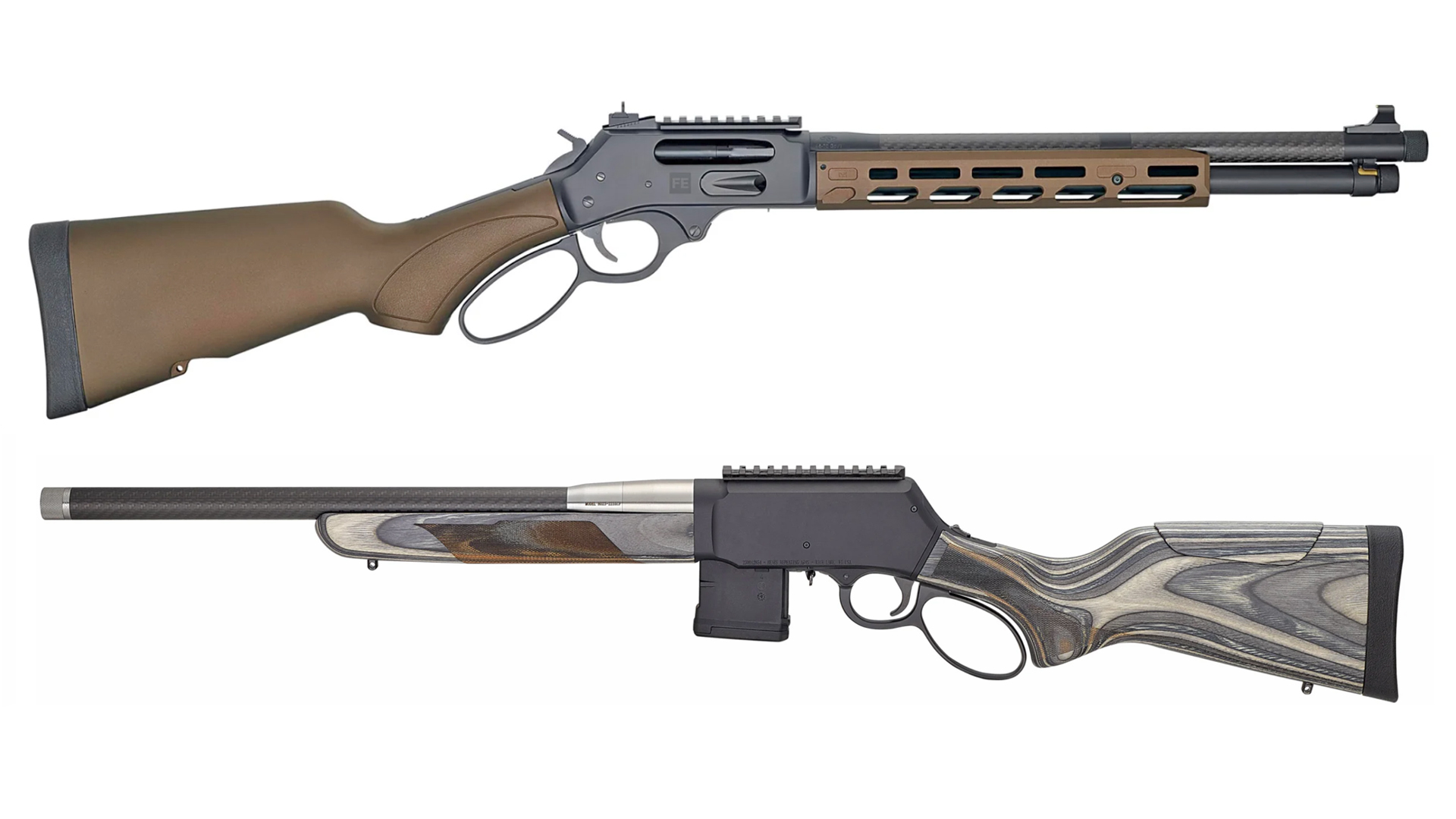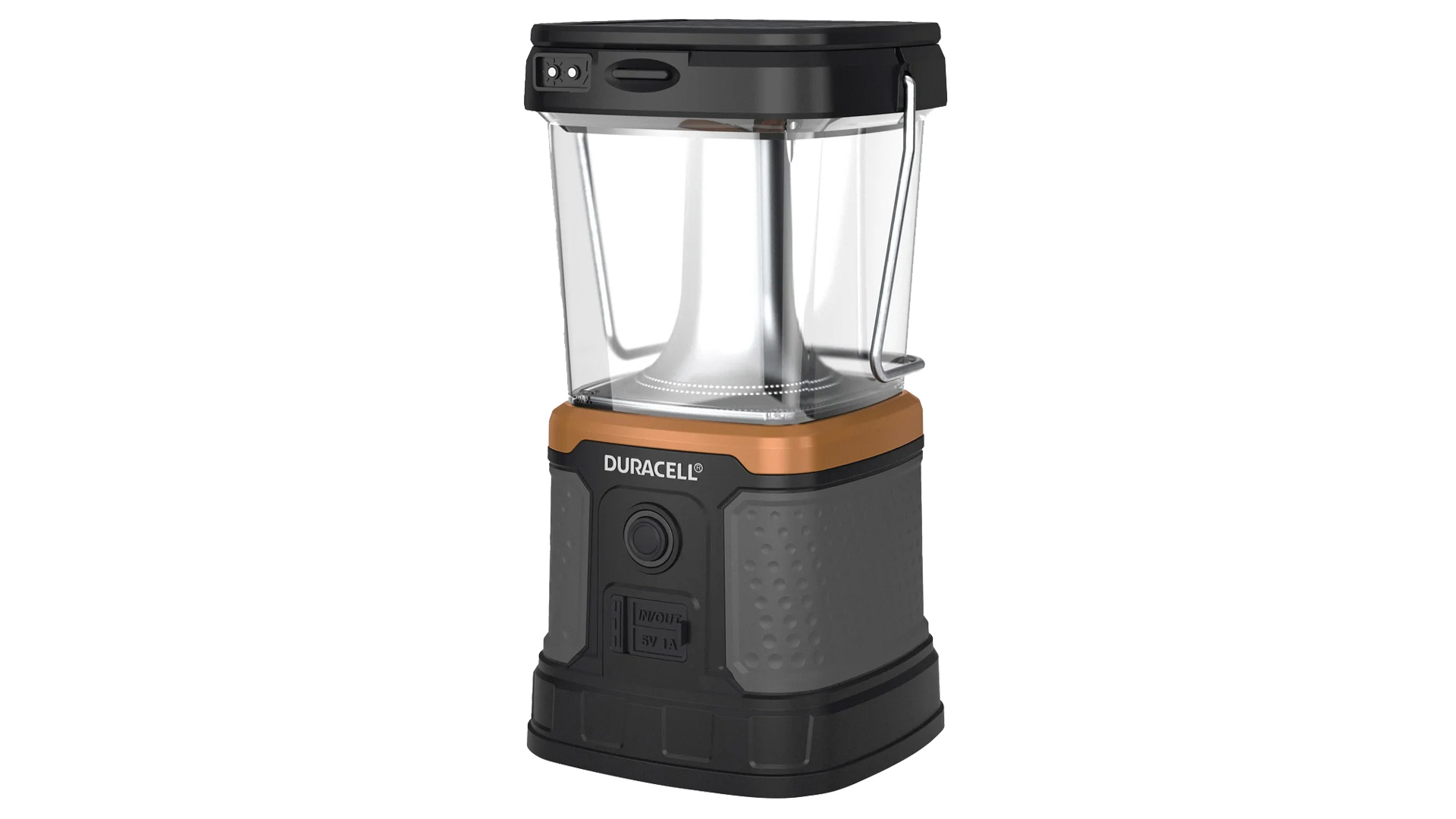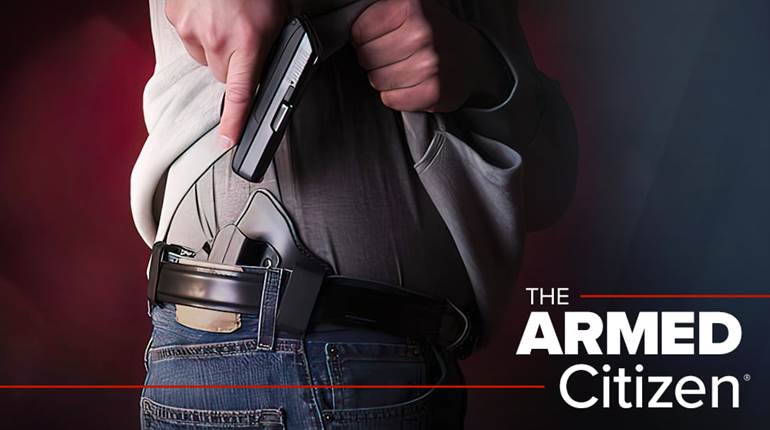
Q. I was looking at a foreign semi-automatic rifle at a gun show recently and overheard some people nearby talking about a “U.S.-parts count.” What does this have to do with an imported rifle, and why is it a concern?
A. What you overheard was likely a discussion of one of the most confusing aspects of current firearm law.
Since 1968, U.S. law has prohibited importation of firearms that the government considers not “particularly suitable for or readily adaptable to sporting purposes.” Amendments and administrative actions over the years have expanded the ban. Current federal regulations (27 CFR Section 478.39) provide that, “No person shall assemble a semiautomatic rifle or any shotgun using more than 10 of the imported parts ... if the assembled firearm is prohibited from importation” under the “sporting purposes” test.
As long as a semi-automatic rifle or “non-sporting” shotgun has no more than 10 foreign parts from the accompanying list, it is legal to assemble in the United States—even if it might not be importable under the “sporting purposes” test.
An example is this AK-style rifle built by Marc Krebs at Krebs Custom, Inc. Starting with a demilled Polish underfolder rifle parts kit, Krebs built this rifle as part of a production run of guns.
The breakdown of the 10 foreign parts in this particular rifle is as follows: barrel, trunnion, bolt, bolt carrier, buttstock, pistol grip, handguards, magazine body, follower and floorplate. The remaining requisite U.S. parts that Krebs included are as follows: receiver, gas piston, trigger, hammer, sear and muzzle attachment.
Although this particular example is an AK-style rifle, the same rules apply to FALs, G3-style rifles and a host of other foreign firearms. The constant with all of these is the restriction of no more than 10 foreign parts being allowed.
This knowledge is important to the average gun owner because of the importance of keeping the proper balance of foreign and domestic parts in a firearm. For example, if you wanted to put an original, foreign-made muzzle device on the Krebs rifle, you would need to swap out another foreign part to keep the total parts count correct. A simple solution would be to replace the original pistol grip with a U.S.-made one, keeping the total imported parts count at 10.
Reputable manufacturers should produce rifles and shotguns that comply with this parts limitation, but buyers should do as much research as possible on any given firearm that uses imported parts.
-
- Frames, receivers, receiver castings, forgings or stampings
- Barrels
- Barrel extensions
- Mounting blocks, trunnions
- Muzzle attachments
- Bolts
- Bolt carriers
- Operating rods
- Gas pistons
- Trigger housings
- Triggers
- Hammers
- Sears
- Disconnectors
- Buttstocks
- Pistol grips
- Forearms, handguards
- Magazine bodies
- Followers
- Floor plates
This “Questions & Answers” was featured in the August 2006 issue of American Rifleman. At time of publication, "Questions & Answers" was compiled by Staff, Ballistics Editor William C. Davis, Jr., and Contributing Editors: David Andrews, Hugh C. Birnbaum, Bruce N. Canfield, O. Reid Coffield, Charles Q. Cutshaw, Charles M. Fagg, Angus Laidlaw, Evan P. Marshall, Charles E. Petty, Robert B. Pomeranz, O.D., Jon R. Sundra, Jim Supica, A.W.F. Taylerson, John M. Taylor and John W. Treakle.
To subscribe to the magazine, visit the NRA membership page and select American Rifleman as your member magazine.












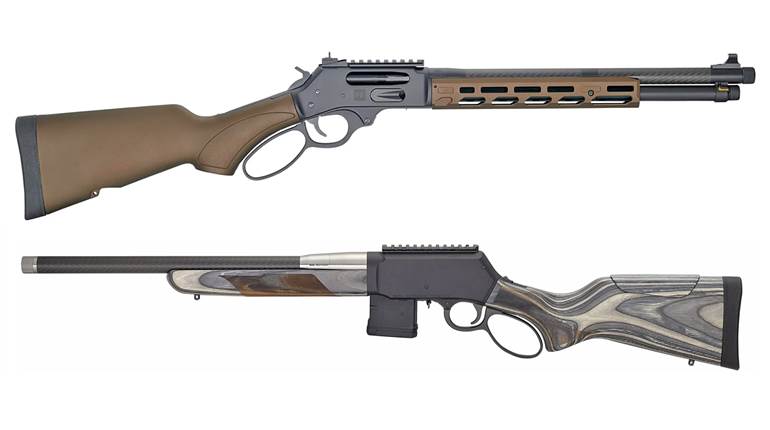

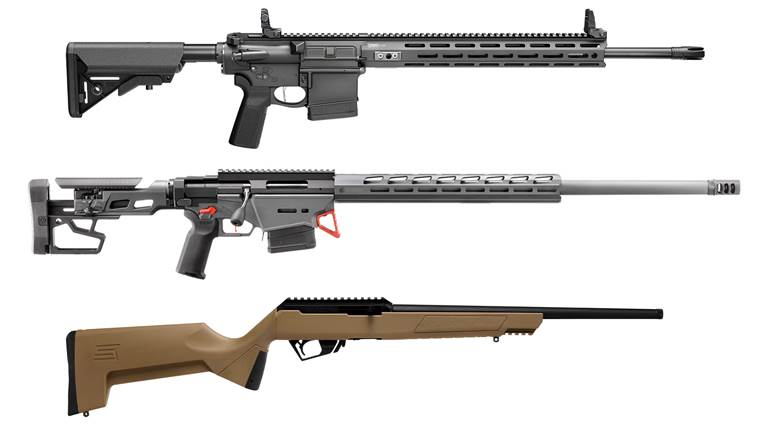



![Auto[47]](/media/121jogez/auto-47.jpg?anchor=center&mode=crop&width=770&height=430&rnd=134090788010670000&quality=60)
![Auto[47]](/media/121jogez/auto-47.jpg?anchor=center&mode=crop&width=150&height=150&rnd=134090788010670000&quality=60)



